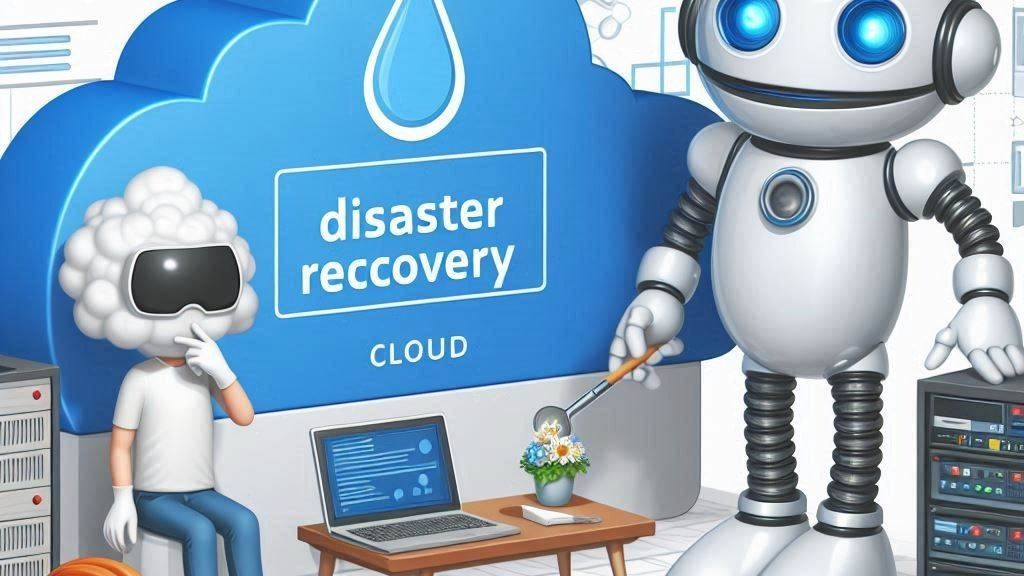In today’s digital landscape, disaster recovery (DR) planning is no longer a luxury—it’s a necessity. As businesses increasingly rely on cloud infrastructure, the ability to recover from unexpected disruptions quickly and efficiently has become crucial. Microsoft Azure, with its robust suite of tools and services, provides a comprehensive platform for disaster recovery. Now, with the introduction of Microsoft Copilot, the process of developing and managing disaster recovery plans has been transformed.
Simplifying Disaster Recovery with Copilot
Copilot is an AI-driven assistant that enhances the capabilities of Microsoft Azure by automating and optimizing tasks that would otherwise be manual and time-consuming. In the context of disaster recovery, Copilot acts as a powerful ally, helping organizations design, implement, and maintain effective DR strategies.
- Automated DR Plan Development: Developing a disaster recovery plan involves numerous steps, including identifying critical workloads, defining recovery objectives, and configuring replication settings. Copilot simplifies this process by guiding users through best practices, automating the configuration of Azure Site Recovery (ASR), and ensuring that all necessary components are accounted for. This not only speeds up the planning phase but also reduces the risk of human error.
- Real-Time Monitoring and Alerts: Once a disaster recovery plan is in place, continuous monitoring is essential to ensure that the system remains resilient. Copilot integrates seamlessly with Azure Monitor and Azure Site Recovery to provide real-time insights into the health and status of your DR environment. It can automatically detect anomalies, trigger alerts, and even initiate failover procedures when necessary, ensuring that your business can respond to disruptions as quickly as possible.
- Optimized Resource Management: Effective disaster recovery requires balancing performance with cost efficiency. Copilot helps optimize resource allocation by analyzing usage patterns, identifying underutilized resources, and recommending adjustments to your Azure DR setup. This ensures that your disaster recovery plan is both effective and cost-efficient, without compromising on performance.
- Continuous Improvement with AI Insights: One of the standout features of Copilot is its ability to learn and improve over time. By analyzing historical data and performance metrics, Copilot can provide actionable insights to refine your disaster recovery plan continuously. This means that your DR strategy evolves alongside your business, adapting to new challenges and opportunities.
Why Copilot and Azure Are the Perfect Pair
Microsoft Azure is already a leader in cloud-based disaster recovery, offering a wide range of services like Azure Backup, Azure Site Recovery, and Azure Monitor. Copilot enhances these capabilities by bringing AI-driven intelligence to the table, making disaster recovery planning more accessible, efficient, and reliable.
By leveraging Copilot in your Azure environment, you can ensure that your disaster recovery plan is not only robust but also adaptable to the ever-changing demands of the digital world. Whether you’re a small business or a large enterprise, the combination of Azure’s tools and Copilot’s AI-driven insights provides a powerful solution for protecting your data and ensuring business continuity.
Conclusion
In the era of digital transformation, disaster recovery planning is critical for maintaining business continuity in the face of unexpected disruptions. With Microsoft Copilot integrated into Azure, organizations can streamline the development and management of disaster recovery plans, ensuring they are prepared for any scenario. By automating tasks, optimizing resources, and providing continuous improvement insights, Copilot empowers businesses to protect their data and operations with confidence.


Leave a Reply